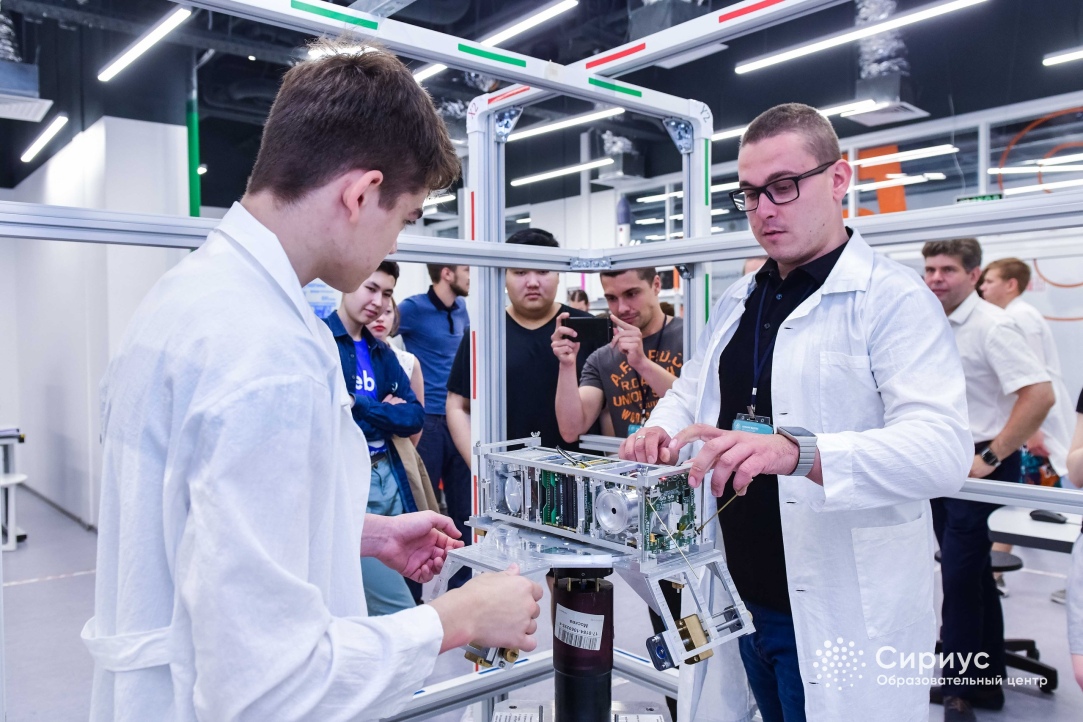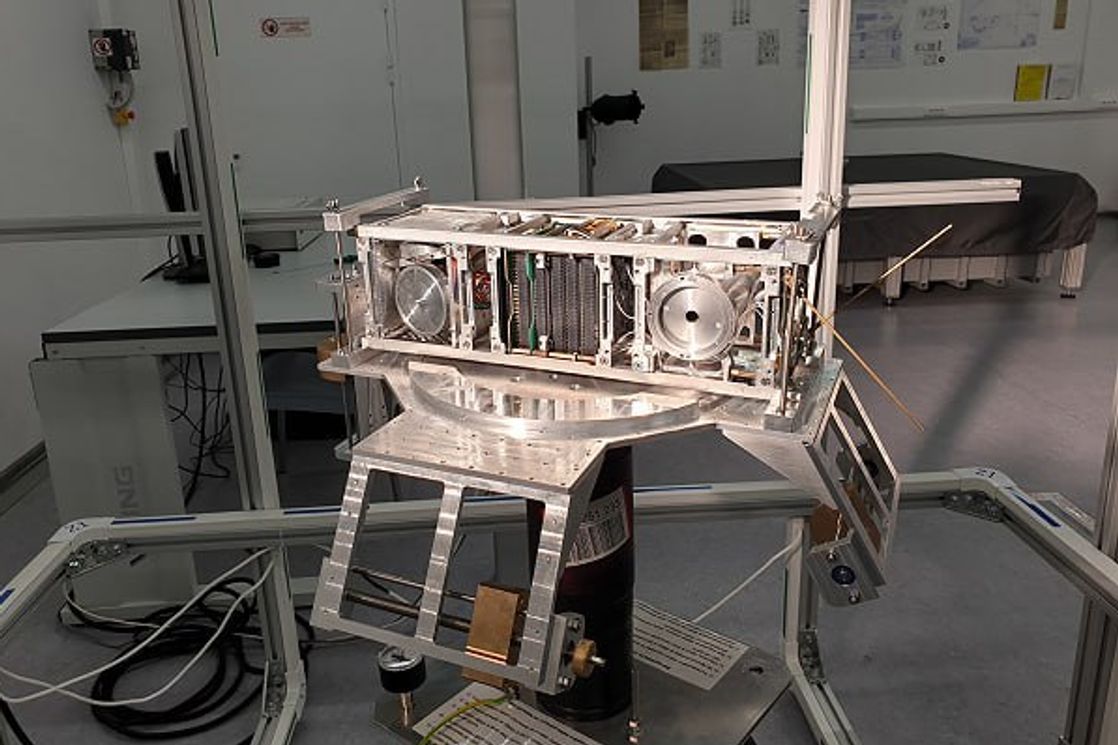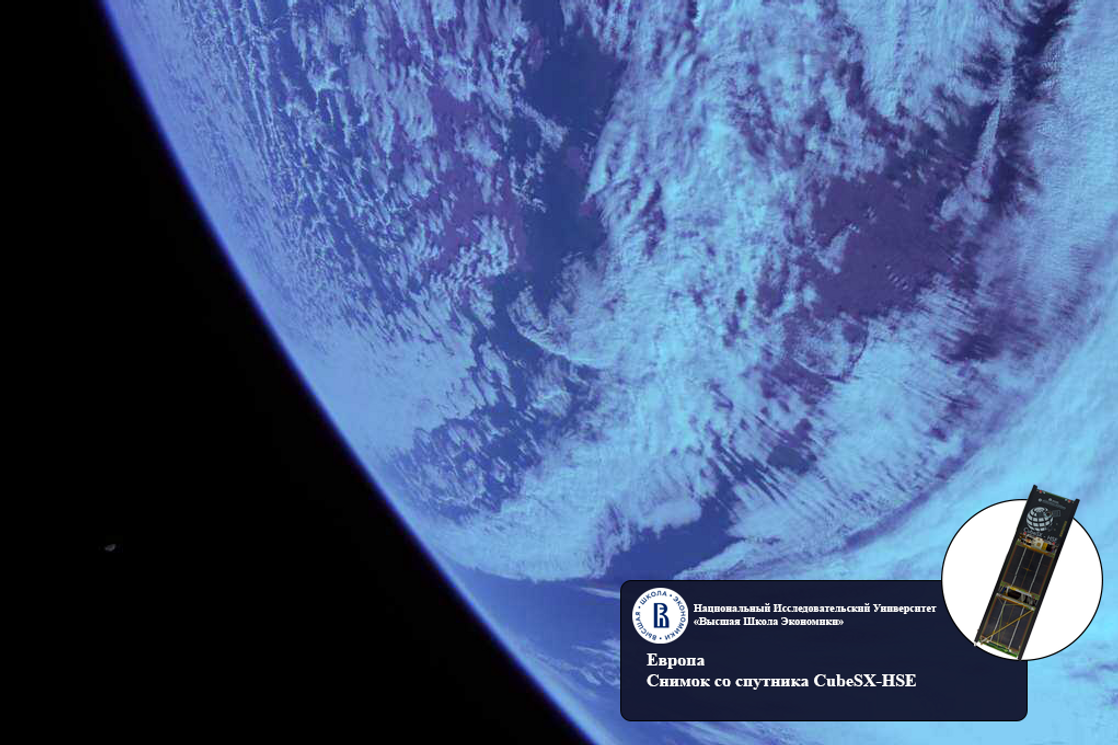HSE University Satellites: Three Years in Orbit

In March 2024, HSE University celebrated an important milestone — the third anniversary of the successful operation in orbit of its first CubeSX-HSE and CubeSX-Sirius-HSE satellites. These spacecraft, created on the basis of the CubeSat platform for Earth observation, continue to function actively, confirming high technological standards and reliability of the university's developments.
Over the past years, the satellites have taken more than 300 high-quality images of the Earth, which has allowed the scientists to conduct in-depth research in various fields—from ecology to climate change monitoring.
The HSE University Laboratory of Space Vehicles and System’s Functional Safety is engaged in satellite maintenance. The HSE Mission Control Centre monitors the work of cube sats and improves the skills of students and staff who participate in this process. Thanks to the project, MIEM students gain valuable experience in space technology. Using data collected by satellites, HSE students and staff have published more than 15 scientific papers, making a significant contribution to the development of the academic community.

In addition to the successful work of CubeSX-HSE and CubeSX-Sirius-HSE, HSE University has also developed its space project by launching new satellites—CubeSX-HSE-2 and CubeSX-HSE-3. These additional spacecraft are equipped with automatic vessel identification systems (AIS) and an automatic dependent surveillance–broadcast (ADS-B). They were launched later and also successfully perform their functions in orbit, collecting data for research, including the area of the Northern Sea Route, which is essential for the Russian Arctic industry.

The three-year operation of the CubeSX-HSE and CubeSX-Sirius-HSE satellites proves the importance and success of the university’s space programme, while the launches of CubeSX-HSE-2 and CubeSX-HSE-3 indicate the strengthening position of HSE University as a leading educational and research centre in space technologies.

Andrey Abrameshin, Deputy Director of the HSE MIEM
In the three years since the launch of the first satellites, the Laboratory of Space Vehicles and System’s Functional Safety has made huge progress. Today, we operate four satellites in orbit; the laboratory has a unique infrastructure, including the Mission Control Centre, for organising ongoing communication and data transmission channels. Every day, our students learn to develop payloads for small spacecraft, create the software, and conduct functional tests.
We keep going forward. Currently, we are preparing to launch a small spacecraft with a payload in the form of solar panels made of perovskite or polymer photoconverters in order to conduct field studies of their photovoltaic characteristics in near space conditions in low Earth orbit. We hope that the results we get will significantly increase the duration of spacecraft active operation. The new satellite will be equipped with blockchain technology, allowing us to collect big data directly on satellite systems.

